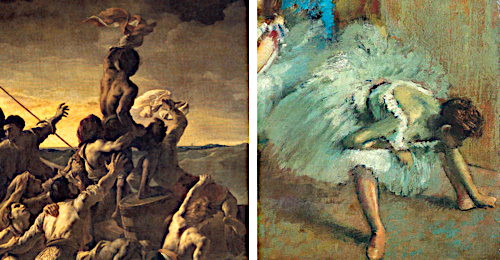Origins of Modernism: Art and Culture in Nineteenth-Century France

This course examines a series of dramatic transformations in French art between 1784 and 1907—from the rise of Neoclassicism and Romanticism to the advent of Realism, Impressionism, and Post-Impressionism. Our objective is to account for a selection of remarkable pictures (by David, Géricault, Courbet, Manet, Degas, Monet, Seurat, Toulouse-Lautrec, van Gogh, Cézanne, et. al.) and to assess the changing cultural circumstances under which the art of painting was produced. This is the period during which modern art developed its characteristic strategies and behavioral patterns: an insistence on innovation, originality and individuality; a contentious involvement with tradition; a critical relationship with both institutional and commercial culture; and a somewhat strained allegiance with radical politics and alternative subcultures. It is also the period that witnessed a thoroughgoing reassessment of the possibilities and limitations of visual media. Over the course of the semester, this class focuses on the formal and thematic means by which artists sought to picture—and to understand—the advent of modernity. It also takes stock of the connections between artistic production and a society radically transformed by revolution, industrialization, and the emergence of consumer capitalism.
Estimated Cost of Materials: $0-$50.
HISTART categories for concentration distributions: D. Europe and the U.S., 4. Modern and Contemporary
Textbooks/Other Materials: All readings are available on CTools.
Course Requirements: Three in-class tests and a paper (1500-2000 words). Each of the three tests counts for 20% of the final grade; the paper counts for 25% of the final grade; participation in discussion section counts for 15% of the final grade.
Intended Audience: undergraduates.
Class Format: Two 80-minute lectures and one 50-minute discussion section per week.